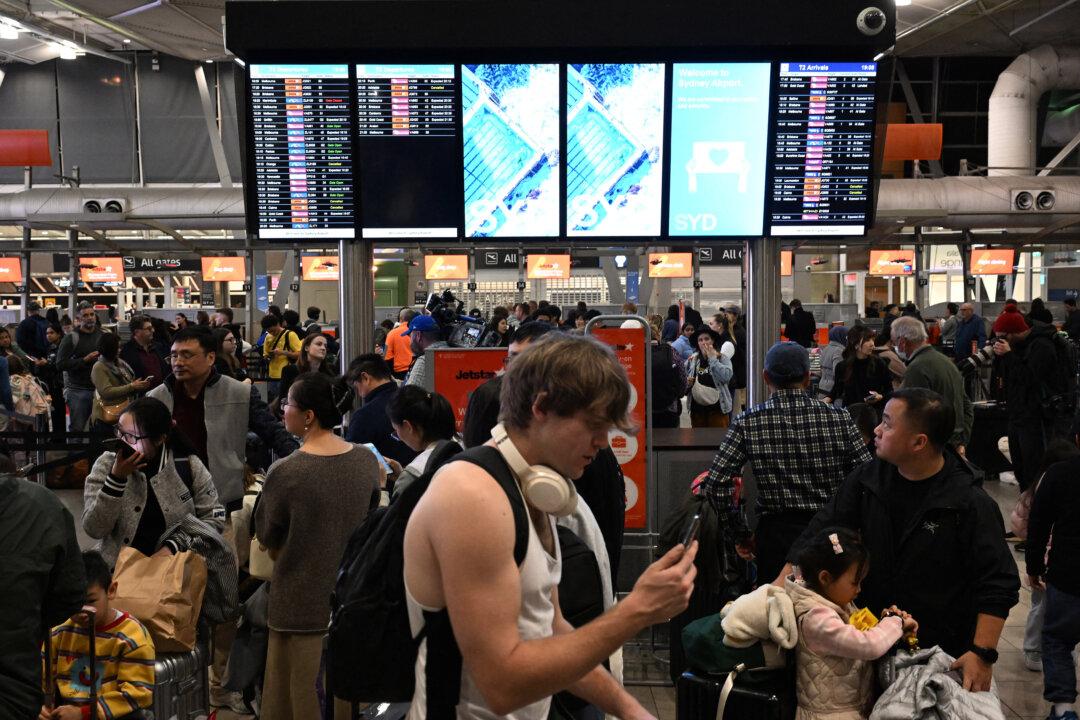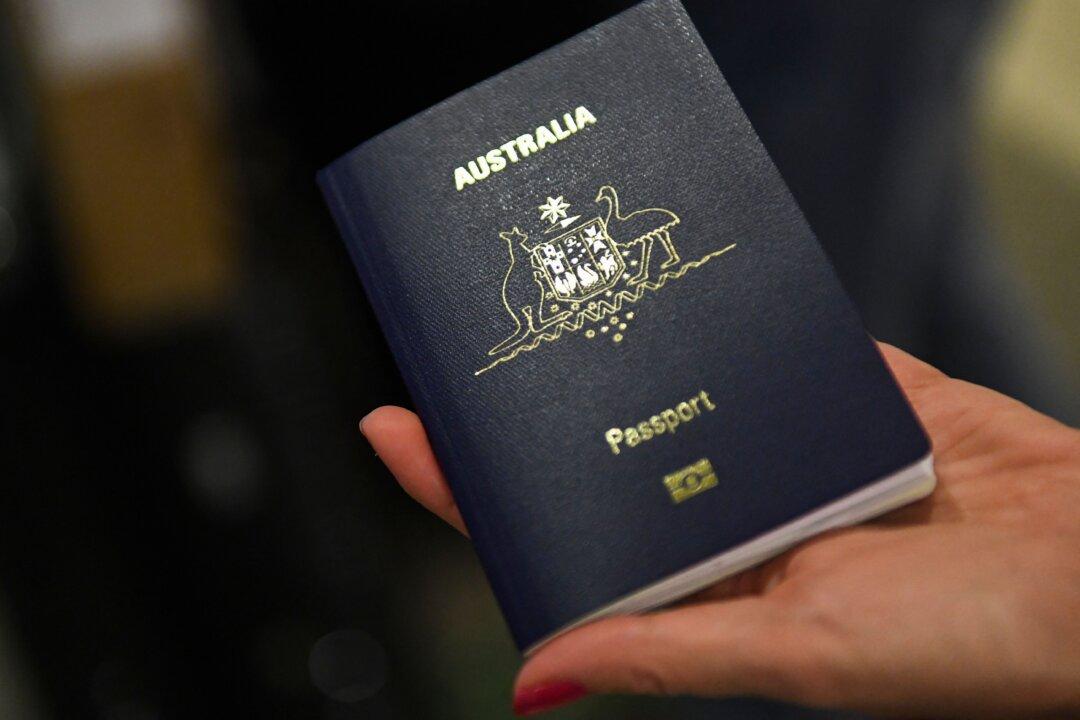The latest migration data from the Australian Bureau of Statistics (ABS) reveals significant shifts in Australia’s migration trends.
Permanent arrivals dropped by 5.6 percent, from 13,230 in August 2023 to 12,490 in August 2024. Similarly, long-term resident returns fell by 6.1 percent, from 12,080 to 11,350 during the same period.





